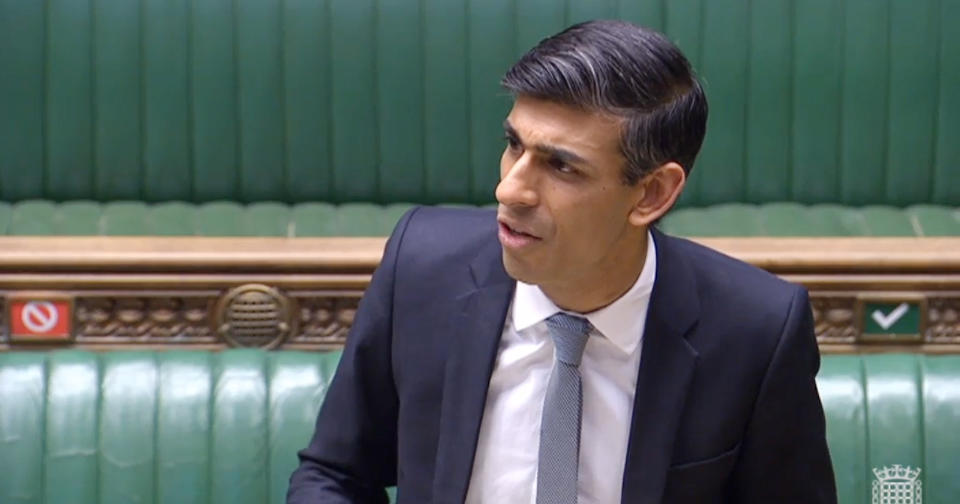Coronavirus: What does the furlough extension mean?

The chancellor has extended the government’s coronavirus wage subsidy scheme for workers until the end of October, in an attempt to prevent job losses over the summer.
Rishi Sunak confirmed that employees will continue to receive 80% of their monthly wages up to £2,500. However, he has said the government will ask companies to begin to “share” the cost of the scheme from August onwards.
In a speech to parliament on Tuesday (12 May), he said that 7.5 million jobs are now covered by the scheme, which has cost £14bn ($17bn) a month.
“Our Coronavirus Job Retention Scheme has protected millions of jobs and businesses across the UK during the outbreak – and I’ve been clear that I want to avoid a cliff edge and get people back to work in a measured way,” Sunak said.
“This extension and the changes we are making to the scheme will give flexibility to businesses while protecting the livelihoods of the British people and our future economic prospects.”
So what does the extension mean for workers?
Under the coronavirus job retention scheme, workers who are furloughed have 80% of their wages paid by the government up to a limit of £2,500 per month. Furloughing is designed to support businesses that have been badly hit by coronavirus.
It means the government temporarily helps pay the wages of people, to help stop companies from making them permanently redundant. People who have been put on furlough should not undertake any work for their employer during this period, even though they are still employed.
READ MORE: UK furlough scheme extended to October with part-time work allowed
From August, the scheme will continue for all sectors and regions of the country but with greater flexibility to support the transition back to work, Sunak said. Employers currently using the scheme will then be able to bring furloughed employees back part-time.
The government will attempt to reduce the cost to the taxpayer of the subsidy scheme, by asking employers to “share with the government the cost of paying salaries” – which suggests the level of state support will be reduced. The 80% pay level will remain, but companies will have to start contributing for staff that return part-time.
More details and information around its implementation will be made available by the end of this month, but the government has said it will look at ways in which workers can be supported to do additional training or learn new skills while furloughed.
“The decisions to extend the furlough scheme through to the end of October and, at least for the moment, to continue support at the existing level, are welcome in order to help both employers and employees as we move through this next stage of allowing different businesses to return to work,” says Jo Keddie, partner and head of employment at the law firm Winckworth Sherwood.
READ MORE: UK government says work from home ‘for the foreseeable future’
“Many will also be glad of flexibility for part-time working as the job retention scheme enters its next phase, beginning in August, although employers may still face some difficult practical choices as to how to put that into practice and how best to balance furlough arrangements with part-time working for employees where possible.
“The wider guidance issued this month surrounding health and safety requirements for businesses in different sectors will still be of crucial importance to enable a safe and protected environment for those being required to return to the workplace.”
Will anything change for self-employed workers?
After calls for better support for self-employed people during the coronavirus pandemic, the government introduced new emergency financial measures in April. This included coronavirus business interruption lending scheme (CBIILS) for businesses, and job retention scheme. The government said there will be no changes to the scheme until July.
The government is currently offering self-employed people a taxable grant based on their previous monthly earnings over the past three years. It is worth up to 80% of earnings and capped at £2,500 a month. According to HMRC, you must have annual “profits” – self-employed earnings – of less than £50,000 a year. The scheme will last for three months but it may be extended.

 Yahoo Sport
Yahoo Sport 






































